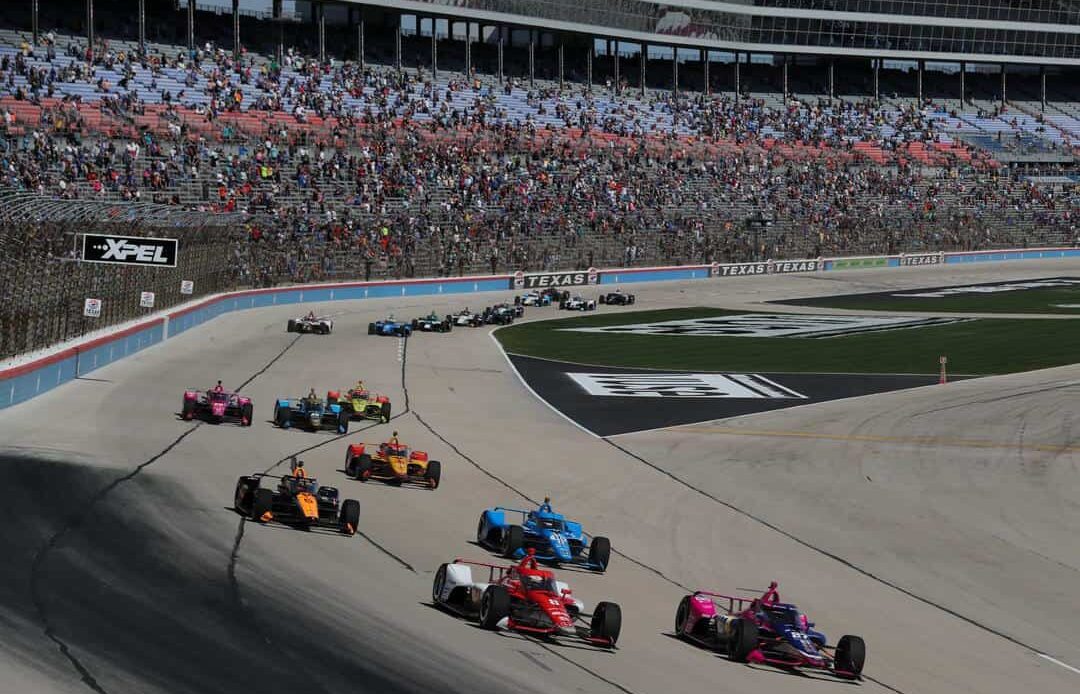Hello again, IndyCar. It’s been a while.
It’s been almost exactly a month since the first race of the NTT IndyCar Series season, and North America’s premier open-wheel racing series is ready to take its second step towards determining a 2023 champion in Sunday’s (April 2) PPG 375, over 250 laps of the always-controversial Texas Motor Speedway.
And when I say “always,” I mean “always.”
The 1.5-mile intermediate oval in Fort Worth debuted on the IndyCar schedule in 1997– or, wait, the post-split Indy Racing League schedule. As Mike Knapp wrote in this week’s Inside IndyCar, the inaugural open-wheel race at Texas saw Billy Boat celebrating in victory lane, but Arie Luyendyk eventually awarded the victory.
And that’s nothing compared to then-rival CART’s 2001 debut at the venue, which was called off just two hours before the scheduled green flag after nearly every driver reported dizziness, vertigo, and brain fog after practice and qualifying. Ex-NASA scientists had to be called in to investigate, and concluded that the human body was simply incapable of sustaining the G-forces (in excess of 5.5G) necessary to lap the venue at sustained speeds over 225 mph. Paul Tracy’s fastest lap in practice averaged nearly 237.
In 2016, the now-long-since-reunited IndyCar series race was scheduled for June 11, although rain delayed the green flag until the next afternoon. Seventy-one laps into a scheduled 248, the rain came again, and stayed. Due to logistics issues, the race couldn’t be restarted for 76 days, until August 27th. Graham Rahal narrowly defeated James Hinchcliffe by 0.008 seconds, the closest finish in TMS history.
Perhaps the most pressing controversy relates to the track layout itself. After debuting with a complicated ‘split-banking’ setup designed to attract a CART race that never happened, (not to be confused with the previously-mentioned 2001 CART race that never happened) TMS was reconfigured midway through 1998, and repaved after 2001. The current 1.5-mile configuration dates to 2017 and features asymmetrical banking: turns 1 and 2 at 20 degrees, while 3 and 4 are banked at 24 degrees.
This layout was designed to facilitate better racing in stock cars, but after it failed to impress TMS treated the high lanes with the PJ1 traction compound, a chemical which is treacherously slick in an IndyCar. As a result, IndyCar races have largely become single-file processions, as any…
Click Here to Read the Full Original Article at …

